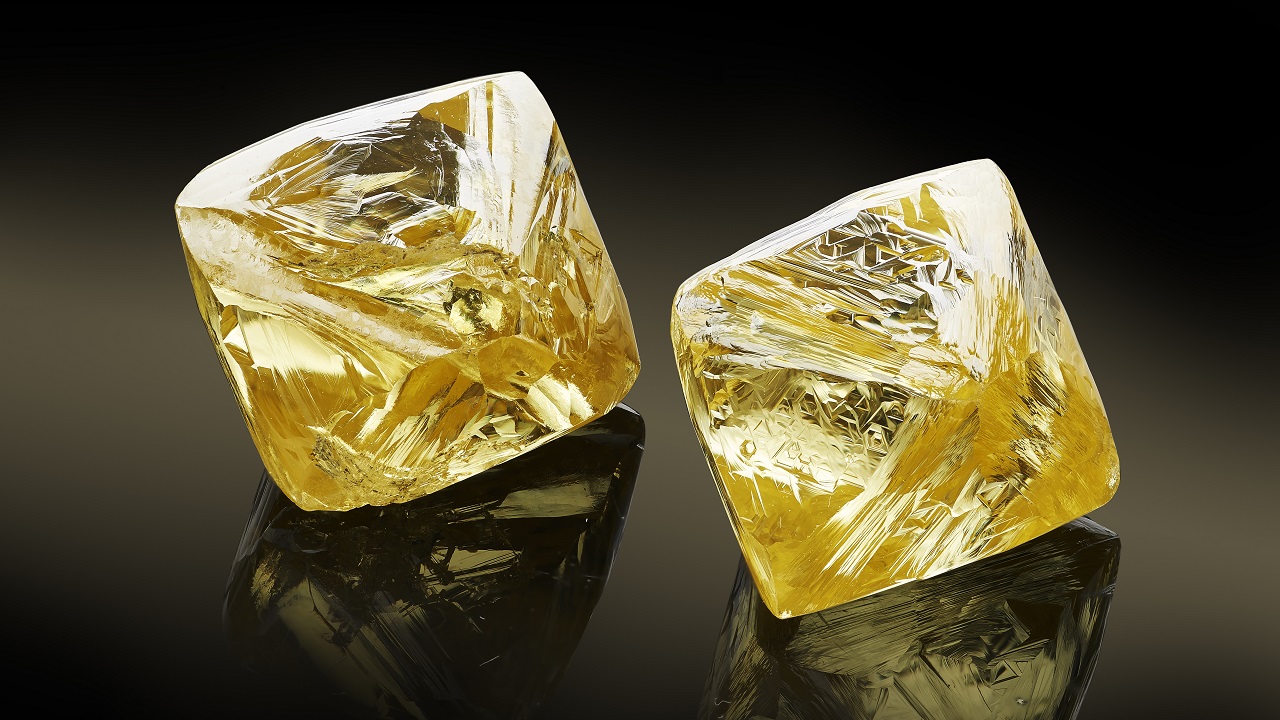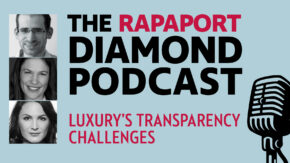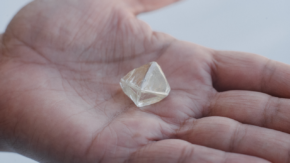The European Union has announced sanctions on Russian diamonds for the first time, outlining a staggered ban that will go into effect throughout 2024 in line with Group of Seven (G7)-wide pledges.
The EU revealed its plans around two weeks after the G7 leaders vowed to restrict trade in Russian diamonds. Canada, the UK and Japan made brief announcements at the same time, while US President Joe Biden signed an executive order providing the authority to ban Russian diamonds even if they have been transformed in a third country.
Few details have emerged about the US ban. However, hidden in the EU legislation were some of the key details of the European plans, including what the rules will cover, how the diamonds will enter European nations, and what evidence of origin importers will need to provide. These may shed light on how other G7 members — the US, for instance — plan to implement restrictions. However, many unanswered questions remain.
Stages and sizes
In line with the G7 announcement, the EU will ban diamonds in phases.
From January 1, it will be forbidden to buy, import or transfer rough or polished diamonds — whether natural or lab-grown — if they originated in Russia, traveled from Russia to a third country, or transited via Russia.
From March 1, the ban will extend to 1-carat or larger natural diamonds that have been “processed” (i.e. polished) in a country other than Russia.
From September 1, this will be expanded to include 0.50-carat diamonds — this time including lab-grown ones — as well as jewelry and watches containing any of these.
Antwerp as a point of entry
One thing we now know is that diamonds entering the EU will have to go to Antwerp’s Diamond Office, a customs operation that controls the Belgian city’s imports. Items with the import codes 7102 31 00 and 7102 10 00 — referring to rough diamonds — “shall be submitted for verification without delay, together with documentation certifying their origin” to the Federal Public Service (FPS) Economy (the name for Belgium’s economy ministry) at the Diamond Office, according to the regulation published in the Official Journal of the European Union. Getting the stones to the Diamond Office is the responsibility of the EU member state where they entered the bloc.
For the purpose of the ban on polished originating from Russian rough, “importers shall provide evidence of the country of origin of the diamonds or products incorporating diamonds used as inputs for the processing of the product in a third country,” the document says.
As of September 1, “the traceability-based evidence shall include a corresponding certificate certifying that the diamonds are not mined, processed or produced in Russia.” It remains unclear how exactly verification of polished will work and what this documentation must consist of.
This arrangement reflects elements of what became known as the “Belgian proposal” for sidelining Russian diamonds across the G7 bloc. That plan called for Antwerp to be the sole point of entry for all rough diamonds entering the G7. We are no wiser about whether this process will be implemented beyond the EU.
Impact on service providers
The EU sanctions will make it illegal to “provide technical assistance, brokering services or other services related to” Russian diamonds weighing 0.50 carats or larger, or products containing them, according to the legislation. Such services related to the “provision, manufacture, maintenance and use of those goods” will also be banned.
These prohibitions extend to providing “financing or financial assistance related to the goods…for any purchase, import or transfer of those goods, or for the provision of related technical assistance, brokering services or other services, directly or indirectly.”
Banks, brokers and consultants in the EU will have many questions about how this affects their ability to serve clients around the world — especially if those customers are in India, where Russian diamonds continue to flow.
Exceptions
The legislation lists two exemptions: Goods people buy for themselves when traveling, or for family members who are traveling with them, so long as they are not intended for sale; and “the transfer or import of cultural goods which are on loan in the context of formal cultural cooperation with Russia.”
Main image: Yellow rough diamonds from Russian miner Alrosa. (Alrosa)



